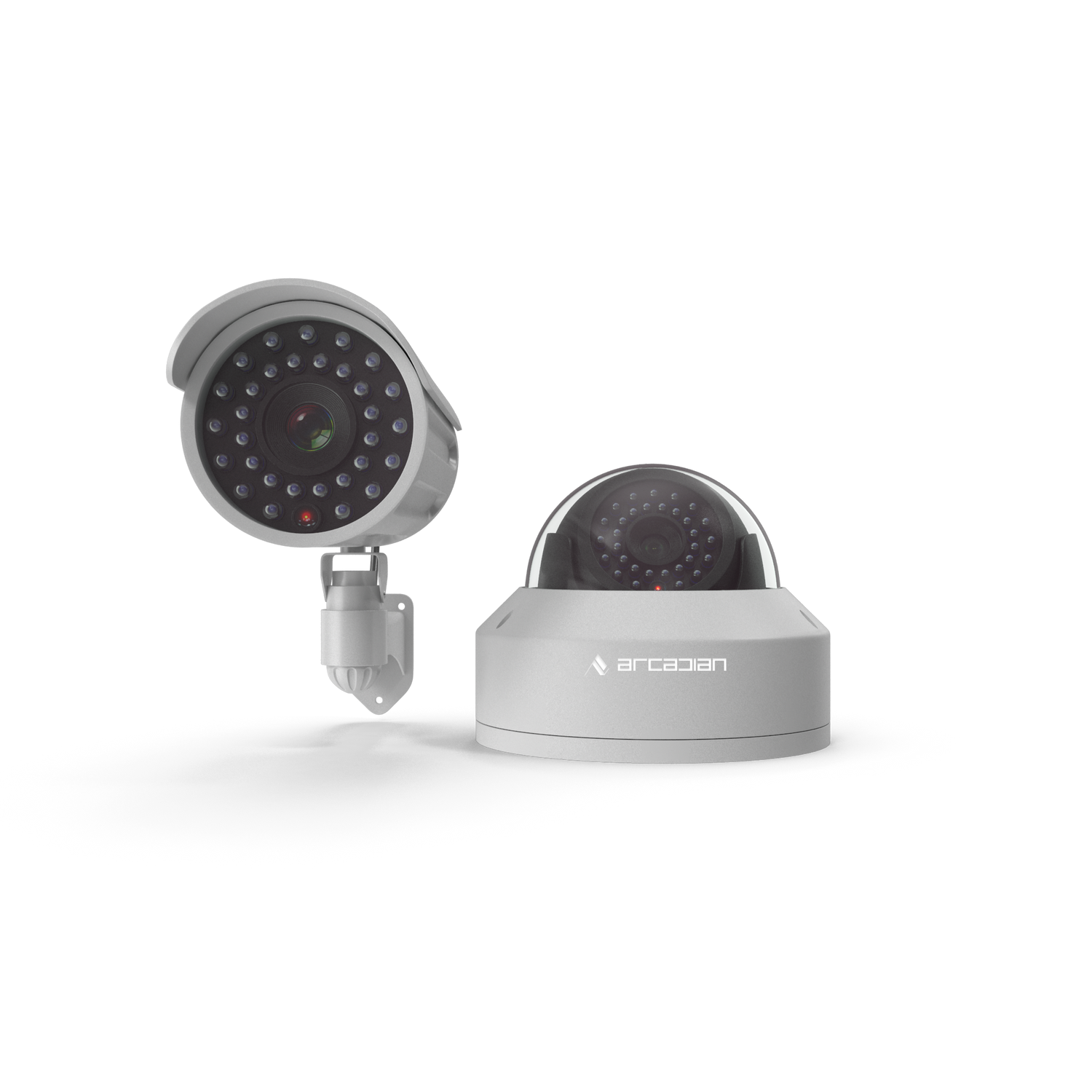Introduction: Securing the Future of Business
In today’s rapidly evolving threat landscape, businesses face both physical and digital risks that require cutting-edge solutions. From AI-powered analytics to cloud-based platforms, security technology is advancing at an unprecedented pace to address these challenges. In this blog, we’ll explore the latest trends in business security technology and how they’re shaping the way companies protect their assets and operations.
1. Artificial Intelligence (AI) and Machine Learning (ML): The Brain of Modern Security
AI and ML are transforming security systems from reactive to proactive. These technologies analyze vast amounts of data in real time, identifying threats and anomalies before they escalate.
Applications:
- Behavioral Analytics: AI detects unusual patterns like loitering or tailgating.
- Facial Recognition: Identifies individuals from watchlists or prevents unauthorized access.
- Threat Prediction: ML algorithms anticipate potential risks based on historical data.
Example:
A retail chain reduced theft incidents by 30% using AI-powered cameras that flagged suspicious behavior in real time.
Stat: Organizations adopting AI-driven security see an 80% improvement in threat detection accuracy (Source: Gartner).
2. Cloud-Based Security Solutions: Scalable and Accessible
Cloud technology is redefining how businesses manage security, offering flexibility and scalability.
Key Benefits:
- Centralized Management: Monitor multiple locations from a single platform.
- Remote Access: Manage security systems via mobile apps or web portals.
- Scalable Storage: Store and retrieve video footage securely in the cloud.
Use Case:
A daycare leverages cloud-based cameras to allow parents to view live classroom feeds securely, enhancing transparency and trust.
Stat: Businesses adopting cloud-based security reduce operational costs by 25% compared to traditional systems.
3. Convergence of Physical and Cybersecurity
Integrating physical security measures with cybersecurity protocols creates a unified defense strategy.
Examples of Integration:
- Access Control and Surveillance: Cameras verify credentials at entry points in real-time.
- IoT-Enabled Devices: Smart locks and sensors sync with centralized systems to detect anomalies.
- Data Encryption: Protects video footage from cyber threats.
Example:
A healthcare facility integrates its access control with patient record systems, ensuring only authorized personnel can access sensitive areas and data.
4. Zero Trust Architecture: Trust No One, Verify Everything
The Zero Trust model operates on the principle of continuous verification, regardless of whether users are inside or outside the network.
Core Features:
- Multi-factor authentication (MFA).
- Role-based access controls (RBAC).
- Real-time monitoring of user activity.
Stat: Implementing Zero Trust reduces insider threat incidents by 50% (Source: McKinsey).
5. Enhanced Mobile Security for a Remote Workforce
With the rise of remote work, securing mobile endpoints is critical. Advanced mobile security technologies ensure secure access to corporate resources from any device.
Key Features:
- Mobile Device Management (MDM): Centralized control over device security.
- App Sandboxing: Isolates business apps from personal data on mobile devices.
- Biometric Authentication: Adds an extra layer of security for mobile access.
Example:
A financial firm reduces phishing incidents by 40% using secure mobile authentication apps for remote employees.
6. Advanced Analytics and Real-Time Monitoring
Data-driven security systems leverage analytics to provide actionable insights.
Features:
- Predictive Analytics: Anticipate security risks before they occur.
- Real-Time Alerts: Notify security teams instantly about anomalies.
- Heat Mapping: Identify high-traffic areas to optimize resource allocation.
Stat: Real-time monitoring reduces average incident response time by 35% (Source: Gartner).
7. Regulatory Compliance and Data Privacy
With stricter regulations like GDPR and CCPA, businesses are prioritizing compliance to protect customer data and avoid penalties.
Key Practices:
- Data Encryption: Secures sensitive information in transit and storage.
- Anonymization: Ensures personal data is unidentifiable if breached.
- Audit Trails: Tracks system activity for accountability.
Example:
A retail chain uses compliance-certified cloud platforms to manage customer and employee data securely.
8. The Role of IoT in Security
The Internet of Things (IoT) connects devices like cameras, locks, and sensors to enhance security capabilities.
Features:
- Smart Sensors: Detect environmental changes like smoke or temperature spikes.
- Device Automation: Automatically lock doors or activate alarms during threats.
- Integrated Dashboards: Manage IoT devices alongside other security systems.
Stat: IoT-enabled systems reduce operational inefficiencies by 20% in multi-site businesses (Source: IDC).
Comparison Table: Traditional vs. Modern Security Systems
| Aspect | Traditional Systems | Modern Security Systems |
|---|---|---|
| Scalability | Limited | Easily scalable with cloud platforms |
| Real-Time Monitoring | Manual | Automated with AI and analytics |
| Integration | Minimal | Unified physical and cybersecurity |
9. Future Trends in Business Security Technology
1. Edge Computing
Processing data locally on devices reduces latency, enabling faster threat detection.
2. Autonomous Security Solutions
AI-powered drones and robotics enhance perimeter security for large facilities.
3. Biometric Advancements
Beyond fingerprints, systems will adopt retinal scans and voice recognition for enhanced authentication.
Conclusion: Embracing the Future of Security
The latest trends in business security technology highlight the importance of proactive, integrated, and scalable solutions. By adopting advancements like AI analytics, cloud platforms, and IoT integration, businesses can stay ahead of evolving threats and protect their operations effectively.
Ready to revolutionize your security strategy?
👉 Contact Arcadian.ai today to explore scalable, AI-powered solutions tailored to your business needs.
Visit Us on Social Media
💼 LinkedIn
🌐 Facebook
📸 Instagram
🎥 YouTube
🎬 TikTok
🐦 X







